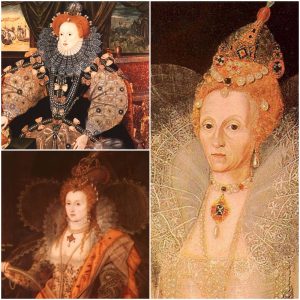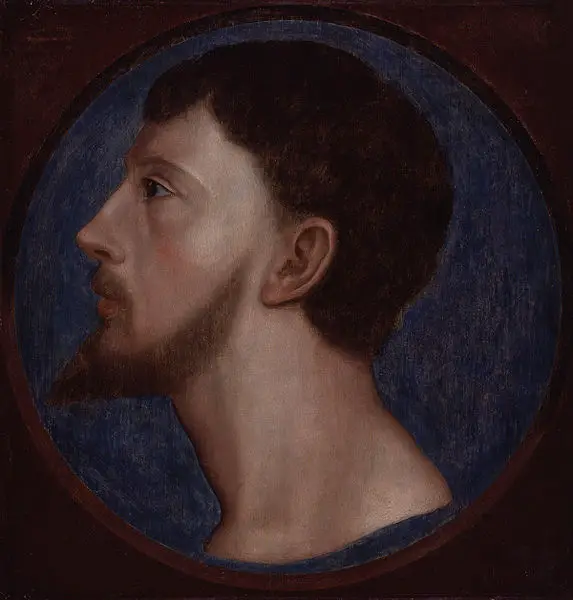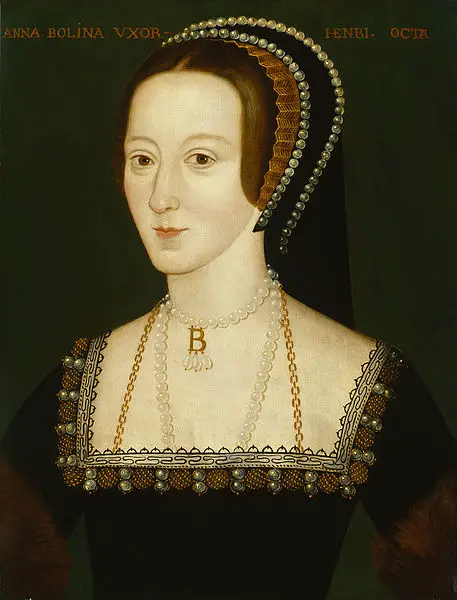 Thank you to Rioghnach for asking this question. Here is her question in full:
Thank you to Rioghnach for asking this question. Here is her question in full:
"I'm a predominantly Dark Ages re-enactor and I'm frequently in awe of Tudor era female reenactors who tend to have the most amazing lace ruffs and collars. If I use the Armada Portrait of 1588, the Rainbow Portrait of 1600 and Marcus Gheeraerts the Younger's rather unflattering 1595 portrait of Elizabeth as examples, how were these magnificent lace collars made to remain stiff? I've heard tell that Arum italicum and Arum maculatum (aka "Lords and Ladies") were used to create the starch needed to keep such flamboyant ruffs stiff. Is this true, and if so how was it done?"
Historian Toni Mount, a specialist in the social history of the medieval and Tudor periods, was the perfect person to answer this question, particularly as she had mentioned the use of starch in the Elizabethan period for ruffs in her June 2017 expert talk. Here is Toni's answer...
Only with the arrival of starch in England could that iconic Elizabethan fashion accessory, the ruff, become possible. Simple neck ruffles became finer, more intricate in construction and folding, as starch became a vital commodity for the wealthy. A Dutch woman, Dinghen van der Plasse, came to London as a refugee in 1564 and brought with her the art of starching linen – a process quite unknown to a medieval or early Tudor housewife. In England, starch was most commonly made from cereal flour – wheat flour was reckoned the best – but during times of shortage after a poor harvest, starch production meant less flour for bread.
Brussels lace started to be produced in the 15th century, and was first mentioned in England in a list of New Year's presents given to Princess Mary 1543. The government tried to ban its production in England but, since they also slapped a heavy tax on imported starch, the eventual answer was the less extravagant neckwear of the Stuart period. It was possible – as mentioned in the question – to make starch from the root of Arum maculatum (also known as lords-and-ladies, wild arum and cuckoopint). However, Gerard, famous for his Elizabethan herbal, had this to say about using the root of this plant:
"The most pure white starch is made from it but it is most hurtful to the hands of the laundress as it blistereth and maketh the hands rugged and withal smarting."
For this reason, as the daughters of wealthy Tudors were sent to learn the art of starching from Mistress Dinghen van der Plasse, the use of this plant would have been unpopular with the young ladies. The Tudor upper classes were always keen to show off their beautiful hands that had never done a menial task – as was Queen Elizabeth who made sure her hands were visible in every portrait – so rough, blistered fingers weren't allowed. The contemporary commentator, John Stow, says they paid the Dutchwoman £4-£5 for a course of lessons but I suspect the purpose would then be for the ladies to instruct their servants in the art of starching, not to do it themselves. Philip Stubbs [1583] declares that "the devil, in his malice, first invented these great ruffs", regarding starch as the devil's own instrument. Having seen the complexity of steel rods that had to be heated to 'iron' in the pleats on Elizabeth I's ruffs, I suspect her laundresses might well have agreed with Stubbs that starch had been invented by the devil. In 1662, Parliament prohibited the import of all foreign lace, as it was alarmed at how much money was being spent on it, and wanted to protect the English lace manufacturers.
Click here to enjoy Toni's expert talk on ordinary people in Tudor times, particularly the life of the Tudor housewife.
 Toni Mount is an author, history teacher and an enthusiastic life-long-learner. She's a member of the Research Committee of the Richard III Society and a library volunteer where she leads a Creative Writing group. She attends history events as a costumed interpreter.
Toni Mount is an author, history teacher and an enthusiastic life-long-learner. She's a member of the Research Committee of the Richard III Society and a library volunteer where she leads a Creative Writing group. She attends history events as a costumed interpreter.
She earned her research MA from the University of Kent in 2009 through her study of a medieval medical manuscript held at the Wellcome Library in London. Her BA (with First-class Honours) and her Diploma in European Humanities are from the Open University. Her Cert. Ed (in Post-Compulsory Education and Training) is from the University of Greenwich. Recently, she completed a Diploma in Literature and Creative Writing with the Open University. She's currently studying a range of modules on contemporary science and technology also with the OU.
Toni has written and published books including The Medieval Housewife & Other Women of the Middle Ages, Dragon's Blood & Willow Bark: The Mysteries of Medieval Medicine, Everyday Life in Medieval London, and Richard III: King of Controversy. She is also the author of the Sebastian Foxley Medieval Mystery Series. Toni has also written courses on topics including everyday life in medieval times, crime and punishment, and the Reformation for MedievalCourses.com.
Sources
- Gerard's Herbal, p.835.
- Palliser, Mrs Bury (1885) History of Lace



Leave a Reply